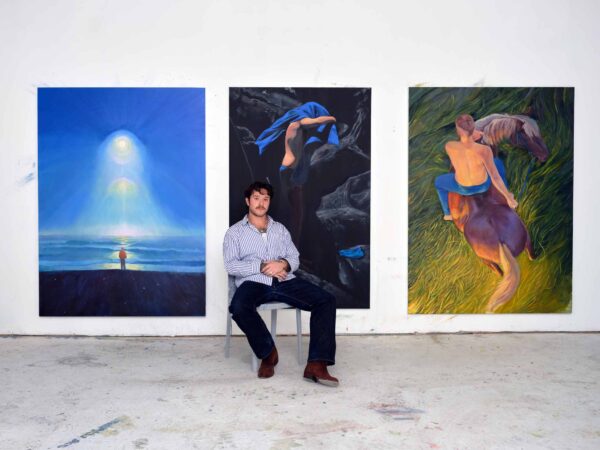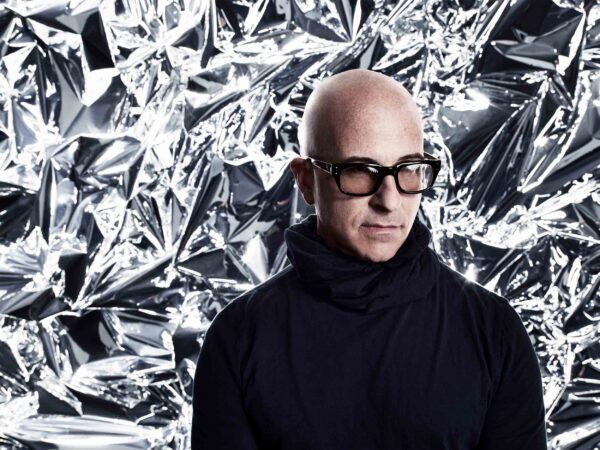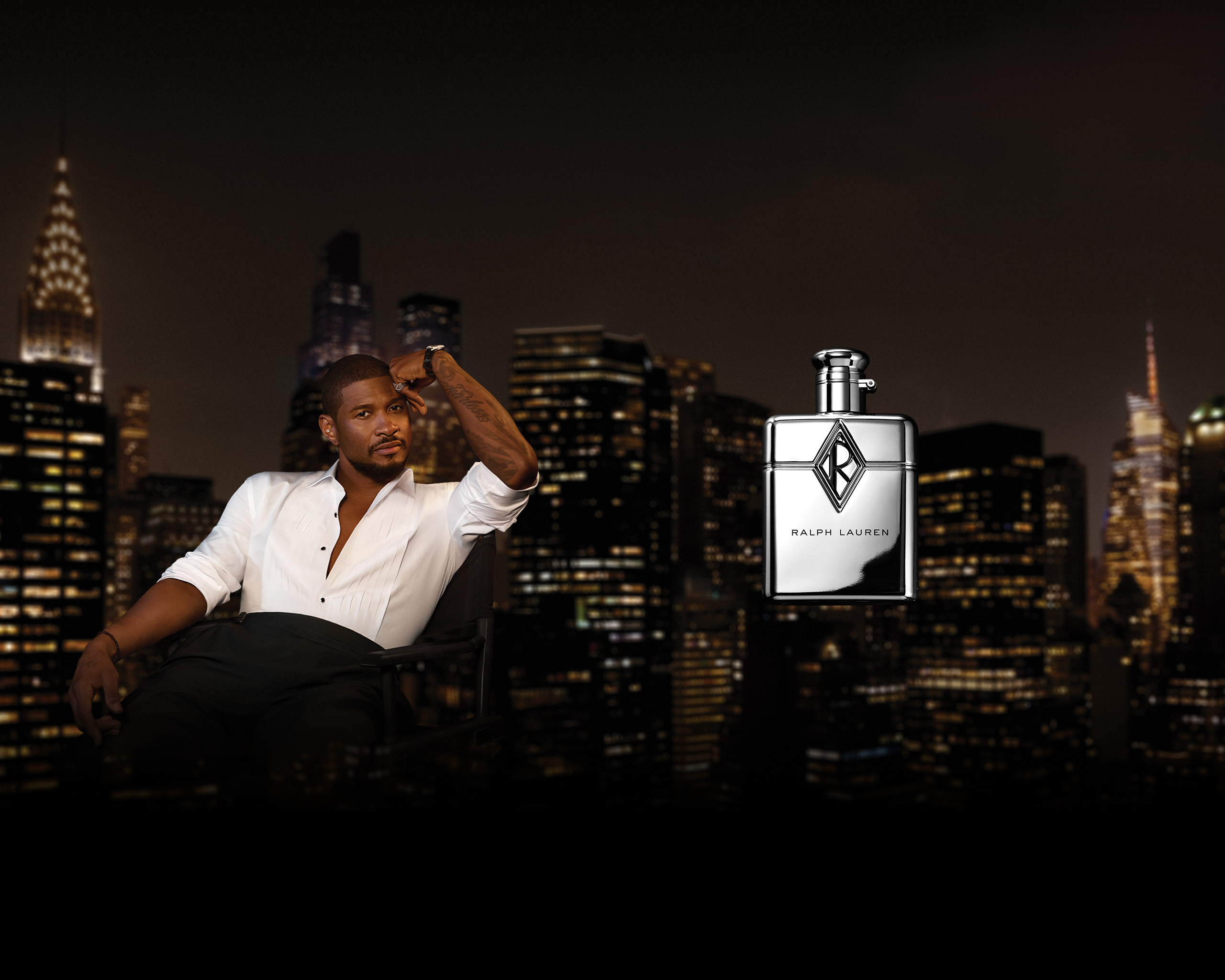The photographer presents ‘Setups and In-Betweens’ for Document’s Fall/Winter 2023 issue, a portfolio of improvisational images
Sitting for a portrait can be nerve-wracking. A good one will strip you naked—metaphorically if not literally—by revealing a side of yourself you wouldn’t otherwise see. The dark, mechanical eye of the camera doesn’t offer up much to set a sitter’s expectations, but its shutter sounds irrevocably final. I’ll admit, I was a little nervous when I first sat for Paul Mpagi Sepuya, who I hadn’t yet met but whose work I had admired on Tumblr: close portraits of young men, most of them shirtless, sitting or reclining on an unmade bed. They had the kind of quiet intimacy one would share with a lover or friend. It didn’t take long to understand why, as Sepuya’s warmth immediately put me at ease. During our session in the fall of 2014, the floors of his studio in Los Angeles—where he had moved after more than a decade in New York to pursue an MFA at UCLA—were littered with scraps of men from his earlier photographs, misprints cut or torn to make something new. Rephotographing these fragments taped to a mirror in his studio, sometimes with a live model posed in front of them, Sepuya’s works appear less final than perpetually in process. It’s impossible to tell foreground from background; “the pieces don’t fall in place,” as he puts it. In photography, things are not always what they seem.
Ryan McNamara met Sepuya in 2004 at a karaoke night in Williamsburg, Brooklyn, where they were both living after graduating from art school, finding their way through the gay scene. “[It was] the first time I ever felt like I had found a queer community with a lineage,” McNamara remembers of the gatherings at Sepuya’s apartment on Powers Street, where those early bedroom portraits were taken. In a sense, they came out and came up together: In 2010, when Sepuya began making his first studio portraits during a residency at The Studio Museum in Harlem, McNamara was presenting his breakthrough work, Make Ryan a Dancer, across town at MoMA PS1. For that durational performance, McNamara invited dancers and choreographers of different genres to train him on a stage by the museum’s front door. It was an unapologetically messy piece—the art was quite literally in the making—and, like much of McNamara’s later work, posed complex questions about what we consider “real” in deceptively simple terms. MEEM: A Story Ballet About the Internet (2013) and Still Life (2021), for instance, used the conventions of their mediums—dance and video, respectively—to underscore that in the internet age, authenticity is a performance.
“People call them self-portraits, but they’re not—I’m just a thing that can be photographed.”
Maybe it was always so. In the studio photographs that Sepuya has been producing over the past few years, which nod to the format’s rich history, the artist appears alongside friends and lovers whose relationships to him and to the camera never seemed fixed. They’re performing together on a stage of his own making, but one whose improvisatory conditions he doesn’t fully control. That stage has grown more inviting with the addition of black velvet drapes, oversized pillows, an armchair, and other props which may recall the studio of Carl van Vechten, who photographed the artists and writers of the Harlem Renaissance nearly a century ago. The mirror is still a frequent presence, as if to suggest that what we’re seeing isn’t intended for an outsider’s gaze. Sepuya calls these “Darkroom” portraits, merging the photographic process with the architecture of gay sex. While sometimes explicit, they’re also curiously withholding pictures for an era of shifting mores and growing awareness of the constructed nature of images. They show us sides of photography that, historically, the medium hasn’t let us see.
Evan Moffitt: Paul, you often pose with friends, lovers, and other people in your work. What does self-portraiture mean to you?
Paul Sepuya: I never set out to be in so many pictures. But I felt like, if I was asking friends to sit, I needed to be sitting, too. People call them self-portraits, but they’re not—I’m just a thing that can be photographed, and these photos [capture] moments of me testing something in the space—getting to see what happens when an object is in a certain place in the composition.
Ryan McNamara: That resonates [with my practice]. So many of the portraits start as images for shows. They’re like, ‘We need something in two weeks,’ and I’m like, I could rally the troops, or I could just figure out something weird to do with myself. It’s the convenience of it all. I started doing portraits in high school. That’s how I became an artist—self-portraits, because I had no friends, so I didn’t have a choice. Lots of self-timers, lots of shutter releases. Another thing I love is when the sitter’s pushing the shutter release, too—it’s so cool, because that’s completely fucking the idea of photography.
Paul, I loved what you were saying about, ‘If I’m asking someone to sit, I should be [sitting].’ There is a kind of comfort I feel your presence brings. I sat for you for that Out shoot.
Paul: It was 2007, the February issue. It was a reinterpretation of the September 1998 cover.
Ryan: It was that era of giant men. And then you chose me and David, who are these little twinks.
Paul: I never made anything in the studio until 2010. Everything started off in my kitchen. And then the kitchen and living room, and then the upstairs bedroom at my house on Powers Street.
Ryan: It was actually so amazing because your house was a center of activity. It was a place that we all knew well. I knew that bed from photos before. Very famous sheets.
Paul: It’s the crumpled white sheets.
Ryan: I love that as, like, a moment.
Paul: There was a point at which I switched to black sheets. I photographed draped black fabric for quite a while, and it was always extra sheets from home. Art can be traced to these moments, when I didn’t even know what I was doing with those materials.
Ryan: I do love that about your work—there’s sort of a practicality to it. Like, I was using flash because I had a job and it had to be at night. I actually love seeing those decisions.
Paul: Evan, [when] I photographed you, I’d made a big change. I had done those more structured mirror studies, and I wasn’t photographing people directly. And then, I returned to photographing people directly. I had made those very clear darkroom mirror studies with just me in them. You were the first person to be photographed in them with me. I remember you asking how I was making those. I [didn’t] know. I remember a lot of them just not working. I couldn’t figure out those pictures. But a couple of the ones where you are pulling back the curtain, I was like, Okay, I understand how this space can work.
I feel like I’m in a space where I’m in between bodies of work. I’ve been photographing for the last bit between day and night. But there are still a lot of unknowns. So, every once in a while, I feel like I need to make a straightforward, solid portrait where I know what I’m doing.
Ryan: I love this space now, [because] it has this in between feeling of not a domestic space, but also not a traditional photo studio where everything is cleared out.
“White sheets don’t mark time. But the depths of a v-neck might tell me what year it is.”
Paul: I’ve never liked photographing in contemporary photo studios. During COVID, I swapped studios with someone else in my building, because I needed more space. I had the chance to be intentional about what I put in it. I was looking at historical photo studios—like 19th-century photo studios, where they are domestic-looking, [with] furniture and all these props. I brought in the chairs and pedestals. I [saw] a photo with this reference of these oversized pillows, and I was like, I want that. It makes this very comfortable space. I realized, that for so long, my pictures never had any mark of time in terms of… like, you might notice someone’s haircut or that they have a Cheap Monday jean. But there was never a sense of time. Now that there are specific objects of design in the pictures, that introduces fashion and taste. And suddenly there’s an expectation that those things will change. And I was like, Fuck. Do they have to change seasonally? Or annually? Do they [have to change at all]? It feels like, for the first time, there needs to be momentum.
Ryan: Because white sheets don’t mark time. But the depths of a v-neck might tell me what year it is.
Paul: All of the stuff in the studio is kind of anachronistic. It’s not trying to be a recreation of a particular moment in time. I mentioned having some objects that are antiques from the late-18th century, 19th century, things that are postmodern reproductions, things that are contemporary references. But I love the way a certain pant, or a certain jockstrap, or a certain brand of poppers can timestamp.
Ryan: Maybe I was just a little more prudish, but in the era of Powers Street, I feel like we weren’t wearing jockstraps.
Paul: No, no one wore jockstraps.
I did like several editorials for Têtu, that gay French magazine. There were a handful of what you could say are erotic images, or action shots. But the work was very tame. I think there has been a huge cultural shift, and I’m shocked that people at the age that we were then present an image of such—sexual confidence isn’t the word…
[Now], everyone knows their kink and their sub-community, and has this sense of polish that is so unlike what we were doing. I’ve been interested in more difficult pictures—but not difficult as in troubling. It’s really hard to make a picture of an erotic experience and make it work on multiple levels, or to be able to move into spaces that are not about gratification. I am really shocked at how everyone is a professional. Back then, people thought the work was way more sexy than it was. People were talking about ‘all of these nudes,’ and I was like, Maybe 15 percent of them are nudes.
“Even if I’ve set up conditions for a certain experience to be happening, you can never fully be in that. It’s always wavering between trying to keep birds in flight, like half of your brain is flying over the ocean and half of it is sleeping.”
Evan: I wonder whether it’s because the younger generation is just so used to performing for the camera. Do you think at all about performing for the camera, especially when you’re within its gaze?
Paul: That’s something that I ask certain friends sometimes. I realized pretty early [that] some people just have an itch they want to scratch—to have the experience—and the pictures don’t really matter. Some people [want] to be a part of images in order to have that final image. And then there’s this in-between.
Because I’m such a formal picture maker, even if I’ve set up conditions for a certain experience to be happening, you can never fully be in that. It’s always wavering between trying to keep birds in flight, like half of your brain is flying over the ocean and half of it is sleeping. Half of my brain is having to focus on all the rational aspects of picture construction, and then the other half is present, and just [letting] it go wherever it’s going. So I feel like I’m never performing. But when I photographed friends who do have a relationship to performance, that feels completely different. As much as I love them, I feel like the parent chasing after a child.
Ryan: I’m sure when you photographed me, we had camera phones, but I don’t think we had iPhones yet. It’s just interesting to think that I’ve had more photos of me taken since then. It makes it sound like we’re from the 19th century—but back then, it meant something more when someone took your photo. There was no taking 300 photos of yourself in the mirror. So just having that sense of, like, what you looked like, performing for the camera—we did not grow up with that. I think that’s an interesting thing, working with people who grew up with it. I don’t know if I see it in the work [broadly], but it’s a change in the way that we see images of ourselves.
Paul: Celebrities have that thing of internalizing the external view of their angles and everything. Now, I feel like when I see pictures of people out, even the most casual photo seems to have internalized a kind of performance of the ideal celebrity shot. Maybe it’s just that I’ve just never been able to do that, because my relationship with the camera is constructing a space, and then being in that space.
The same way in which camera phone technology [impacted us], the way algorithms [optimize] themselves is one of those generational shifts. I feel like I just make a picture—whatever that looks like, that’s what it is. I’m gonna keep making the picture. I’m not adjusting myself.


























